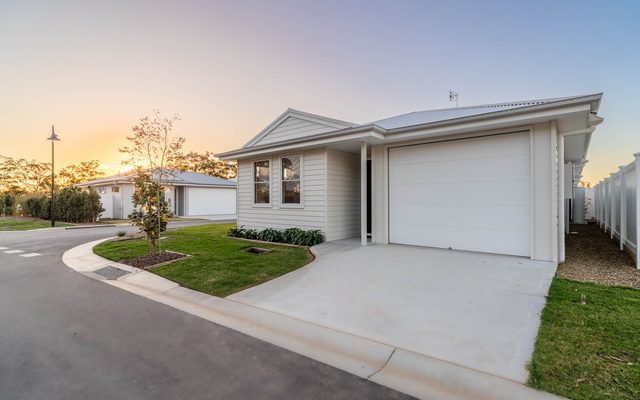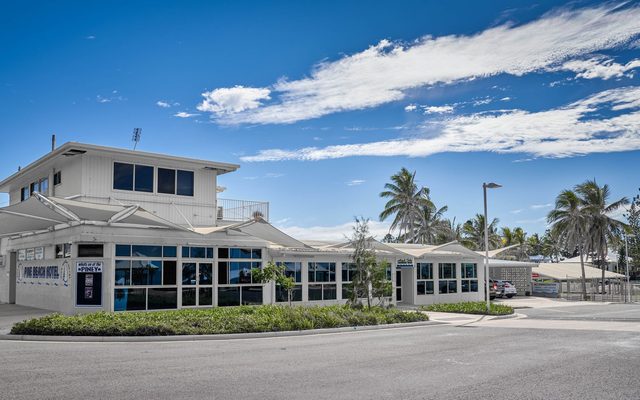This article is from the Australian Property Journal archive
UNITS are gradually making up a larger share of Australia’s housing stock, as the medium to high-density sector becomes crucial to providing additional housing to a growing population.
According to CoreLogic’s latest Property Pulse, units made up 25.9% of national housing stock and around 30.4% of capital city housing stock in August.
Comparatively, at the start of 2010 units made up 19.6% of national housing stock and 22.9% of capital city housing stock.
“The continued reliance on the unit sector to deliver fresh housing stock is particularly evident across some of Australia’s largest capitals, including Sydney and Melbourne, as well as the ACT, where limited land supply has made further development of low-density dwellings increasingly difficult,” said Kaytlin Ezzy, economist at CoreLogic.
Capital city units around 30% cheaper than capital city houses at a median value of $637,593, presenting not only a more affordable option for first home buyers but a lower maintenance choice for investors and downsizers.
The most recent National Housing Finance and Investment Corporation State of the Nation’s Housing report forecasted a national housing deficit of around to 175,000 by 2027, with around 59% of this deficit in the unit market.
While over the last decade, units have made up around 41.7% of total new housing completions nationally, the March quarter of this year saw units make up just 37.1% of completions, sitting about 27.1% below the decade average.
“Despite surging demand, developers and consumers alike are exercising a more cautious approach in light of uncertain economic conditions, weaker capital gains, high construction costs, a tight labour market for trades and rising interest rates,” added Ezzy.
“With fewer unit projects set to move through the construction pipeline, it’s likely completions will continue to ease, with units making up a smaller portion of new housing stock over the coming years.”
However, the pipeline of uncompleted unit projects is relatively high with unit commencements up from 12,782 in the December quarter of last year to 19,981 through the first quarter of 2023.
“Units have historically been a relatively affordable entry point for owner-occupier buyers looking for a first home, or investors looking for decent rent yields,” said Ezzy.
“In a low and declining interest rate environment, the apartment boom of the 2010s contributed to persistently low growth in annual rents across the country (averaging about 2% per year), and through the recent pandemic upswing, detached house values ballooned relative the unit sector.”
The heightened pipeline of units under construction combined with high interest rates and low consumer sentiment may potentially drag on unit demand and price growth as a result.
“With the cash rate potentially easing in 2024, greater purchasing demand could fuel a stronger price boom in the unit market at this time,” concluded Ezzy.




